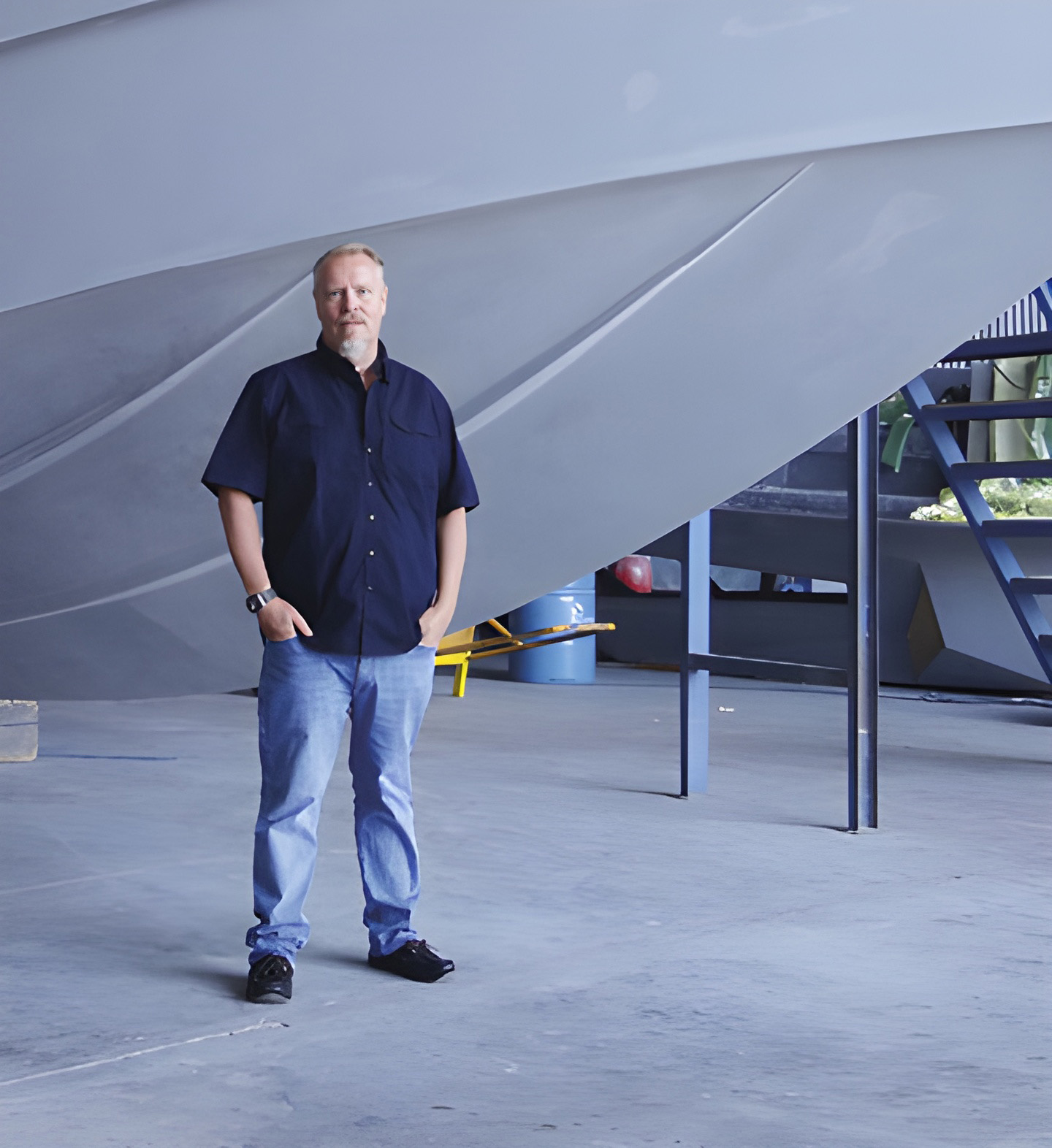The Dream of the Ultimate Yacht
The idea was born during a visit to the Düsseldorf boat show. John Lundin walked through halls filled with large motor yachts. All of them had two large V8s or 12-cylinder diesels with thousands of horsepower. However, only a few of them could travel more than 300 miles without requiring several cubic meters of diesel.
– I saw many so-called adventure yachts or explorer yachts at the fair. But hardly any that could cross oceans unless there was a petrol station along the way. Moreover, they were either ugly trawlers, or ugly, high and heavy boats, some in unpolished aluminium. There are almost no good-looking boats made from modern materials like carbon fibre.
Among all the big fibreglass yachts at the show, John found few with watertight bulkheads and none that were self-cleaning. He decided to build a yacht far beyond the ordinary.
From Vision to Reality
On his return home, John began planning to build the optimal explorer yacht, capable of traveling further than any other yacht of the same size ever had.
– The goal was to travel from my shipyard to Southeast Asia, where I grew up, without refueling on the way, John laughs.
To realize his dream, he needed an extremely lightweight hull with hybrid engines and solar panels. John also had high standards for design, comfort, and interior design. The only question was: was there a designer who had designed something similar?
“There are almost no good-looking boats made from modern materials like carbon fibre.”
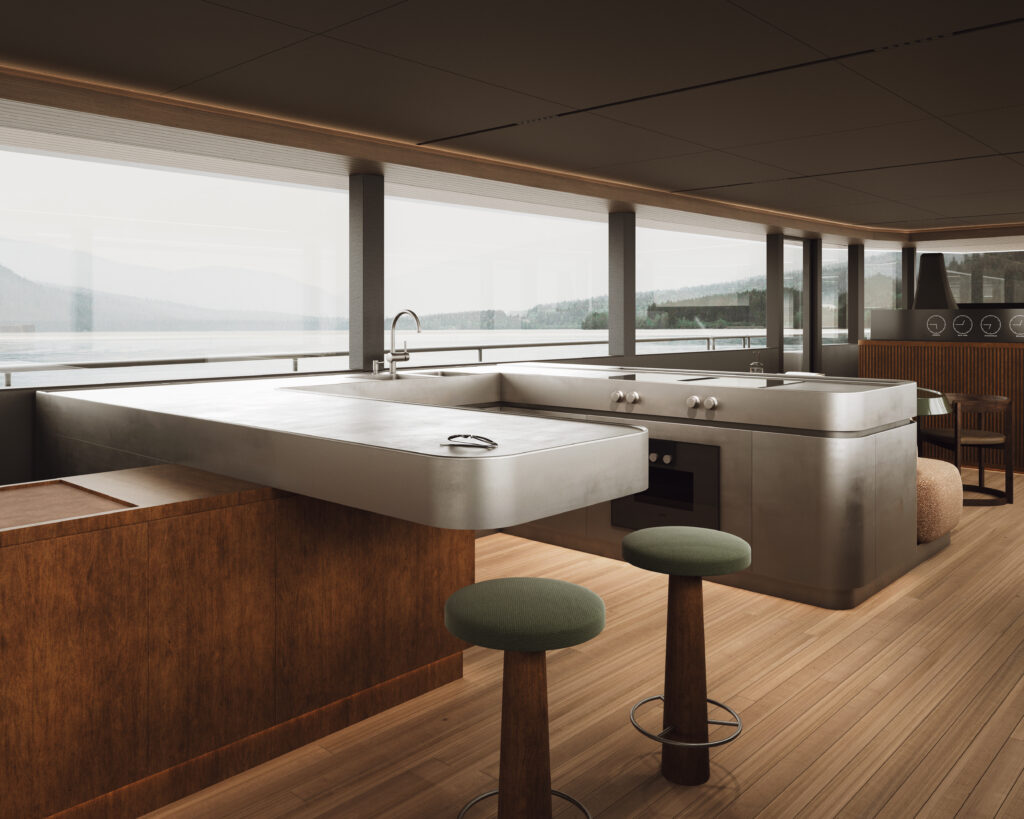
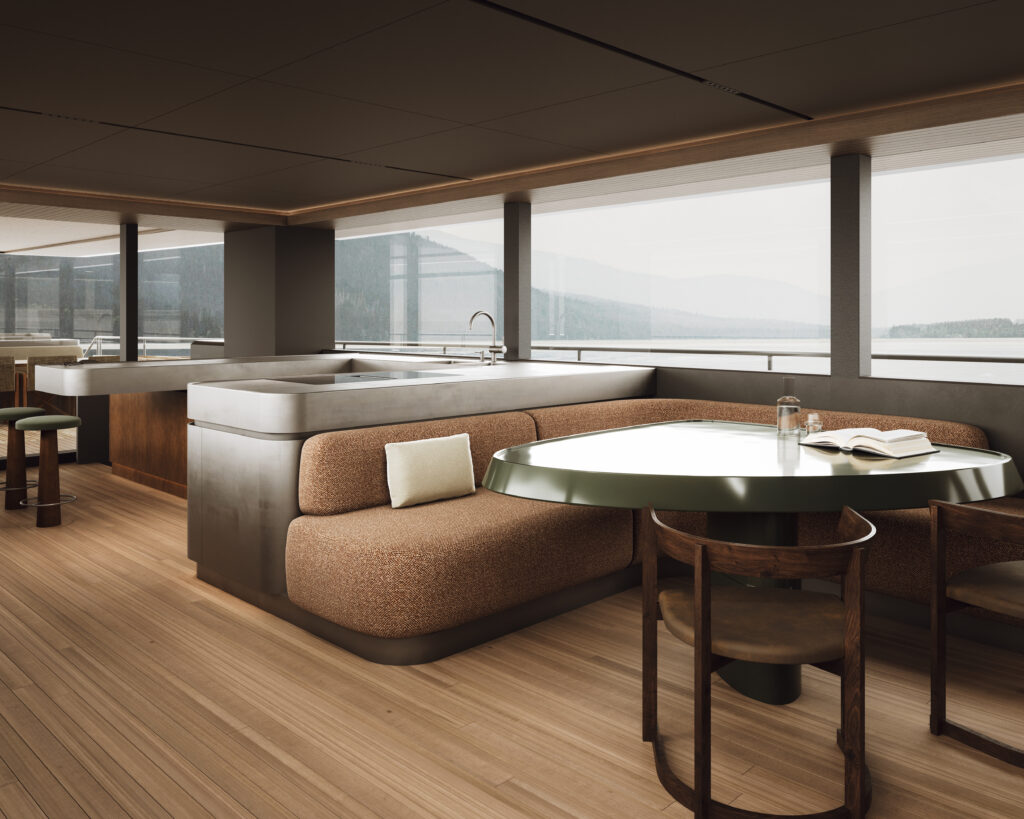
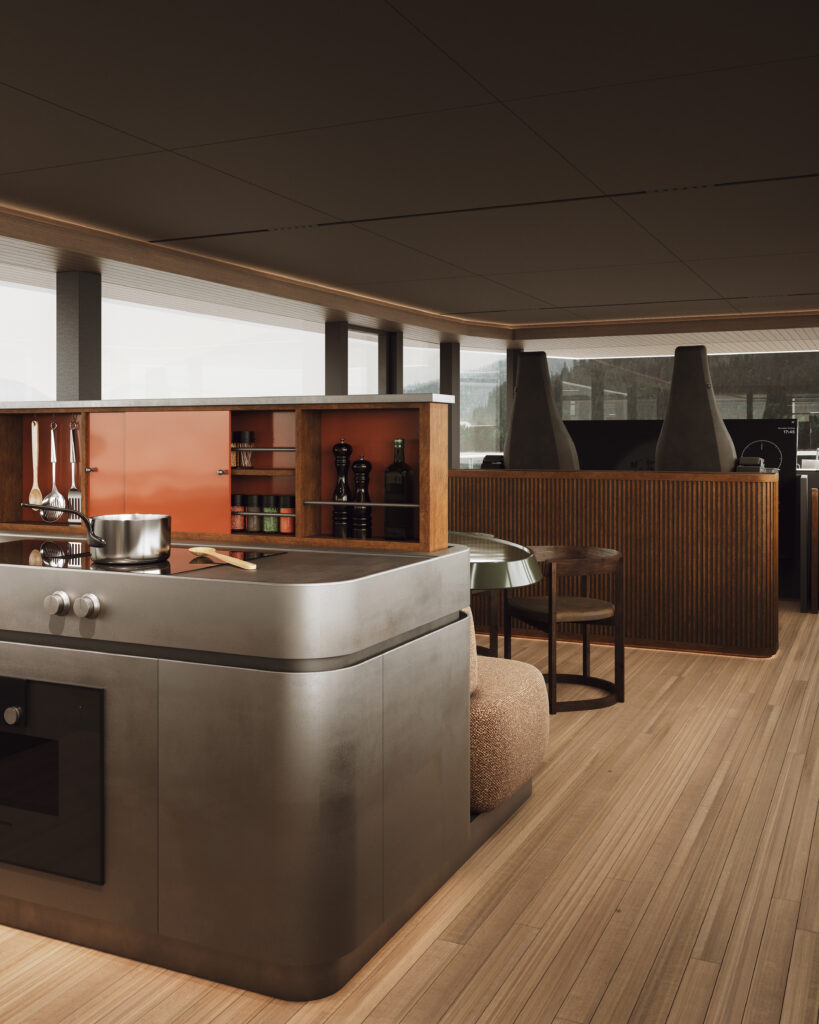
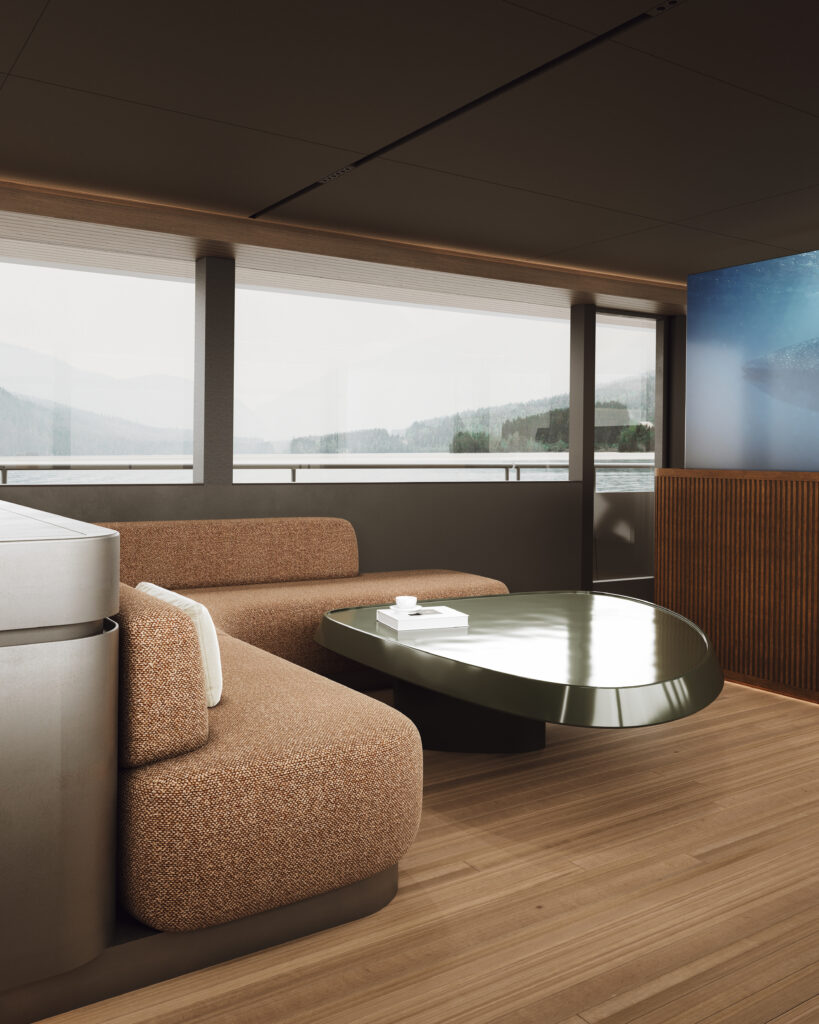
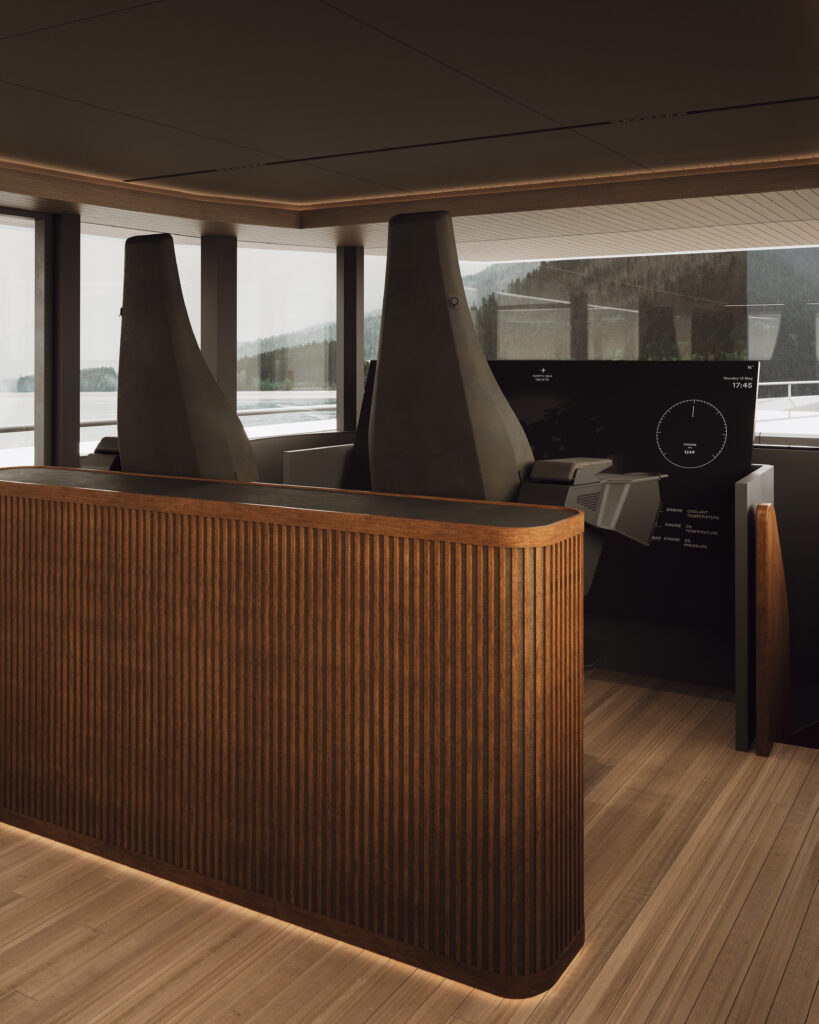
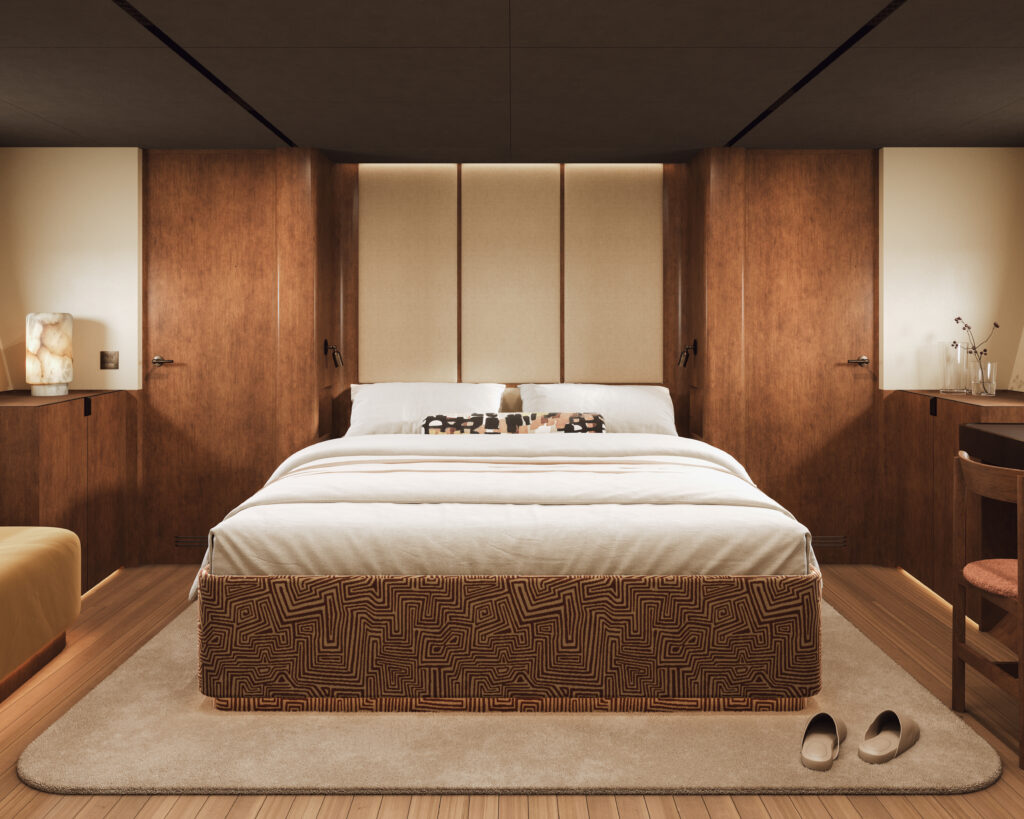
The Search for the Perfect Boat Designer
After Googling and asking around, John found the person he was looking for: a boatbuilding genius named Dennis Harjamaa. Originally from Finland, he was educated in the USA and now lives in Auckland, New Zealand. Among other things, Dennis has worked at McMullen & Wing, building yachts entirely out of carbon fibre with extremely lightweight hulls. Dennis has designed several fuel-efficient and ocean-going explorer yachts, the latest being 85ft. These are designs that have taken the industry by surprise.
More Details in Place
After careful calculations, it was decided that the boat would be about 36 meters long and 6 meters wide. This size would accommodate a comfortable saloon, wheelhouse, galley, and four guest cabins and two double crew.
– Without a flybridge, we made it possible for the boat to be self-righting, which means that it will always end up on the right keel in the unlikely event that it is tossed around. Combined with multiple watertight bulkheads, it would also be unsinkable.
Another requirement was that the boat had to be approved and classed as a passenger boat for up to 12 guests, at unlimited speed, by DNV or Lloyds.
Time for Design
To realize the idea, Andreas Martin-Löf was contacted. He is a leading Nordic architect and designer who had recently created some of the most innovative, stylish, and award-winning interiors in yachts built at yards such as Baltic Yachts and Moonen.
– After an exciting meeting with Andreas, it became clear that he is not only one of Sweden’s top architects but also one of the best in the world. He understood our vision and presented a well-functioning layout and a sensational interior,” says John.
